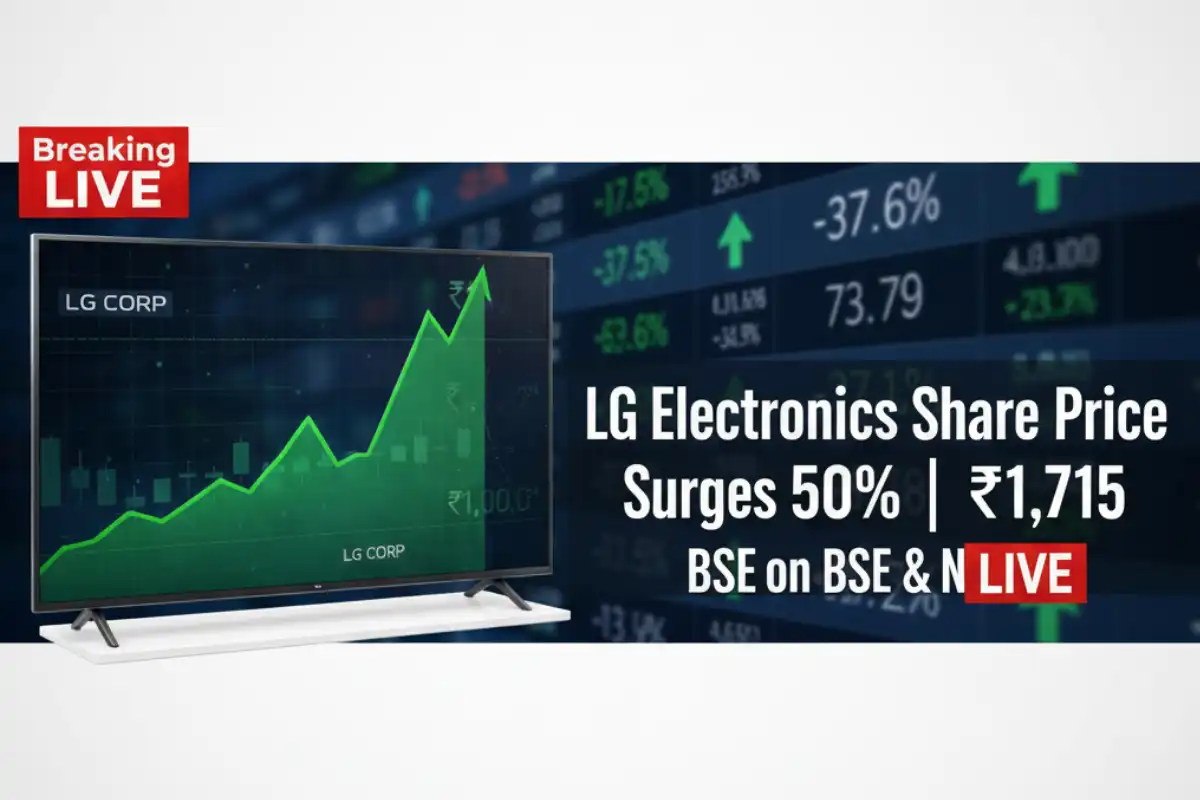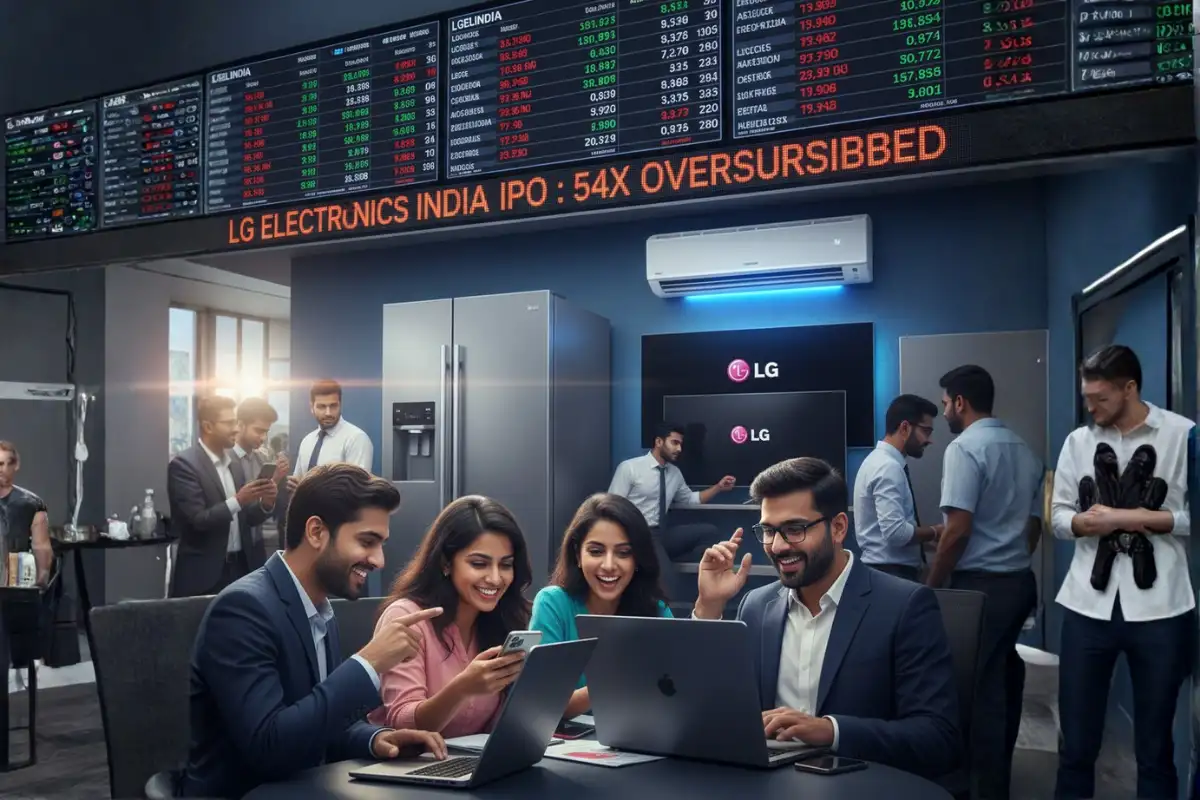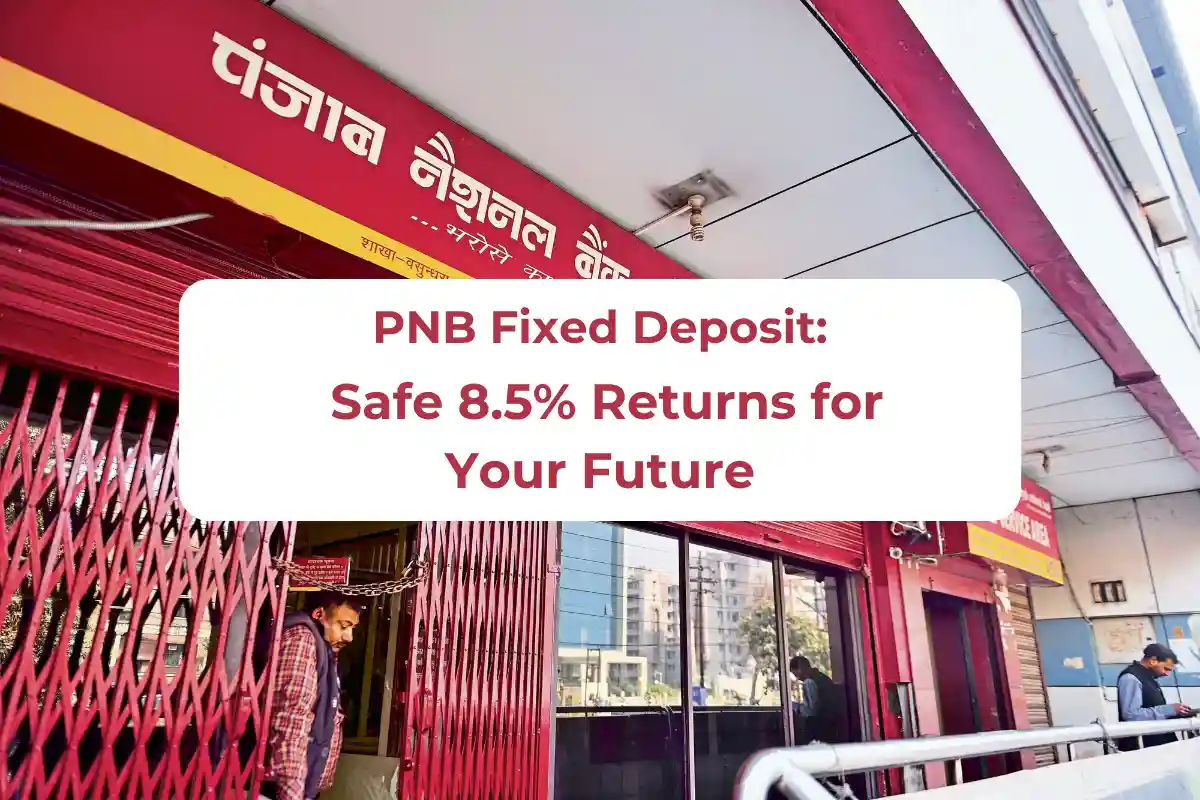It’s not often a single bank policy sparks both outrage and admiration in equal measure.
But when ICICI Bank quietly announced that from August 1, new urban savings account holders would need to maintain a minimum balance of ₹50,000—five times the earlier ₹10,000—it set off exactly that.
For some, this is an elitist shift, shutting the door on middle-class customers. For others, it’s a bold strategy move, signalling that ICICI is chasing high-value accounts in a cost-conscious era.
What Exactly Changed?
If you open a new ICICI Bank savings account after August 1:
- Urban locations: Minimum Average Monthly Balance (AMB) is ₹50,000 (up from ₹10,000)
- Semi-urban locations: ₹25,000
- Rural locations: ₹10,000
Fail to meet that AMB and you’ll face a penalty: ₹500 or 6% of the shortfall, whichever is higher.
Existing account holders? Your current limits remain unchanged—at least for now.
The Bank’s Logic: Bigger Balances, Lower Costs
ICICI hasn’t given a public statement, but insiders point to three drivers:
- Rising technology costs: Maintaining millions of small accounts (passbooks, debit cards, support) is expensive.
- Margin pressures: With savers moving from fixed deposits to mutual funds, banks need stronger current and savings account (CASA) ratios.
- Customer segmentation: Targeting higher-balance clients may mean better profitability per account.
As one banker put it, “It’s the Titan vs Tata Consumer analogy—gold over salt and tea.”
A Contrarian Move
What’s unusual is the timing.
While public sector banks—nudged by the Department of Financial Services—are lowering or waiving minimum balance requirements to attract mass-market customers, ICICI is going the opposite way.
Historically, even private banks kept the “regular” savings account at ₹10,000 or below, offering premium accounts with higher minimums and extra perks.
ICICI is now effectively making the premium account the default for urban customers.
Why Some Call It a Filter
Multiple bankers have suggested this hike is a “customer filter”—a way to avoid onboarding “low-value” accounts that generate more cost than revenue.
The strategy is common among multinational banks with limited branch networks, but rare for a large Indian bank with nationwide reach.
It’s also a notable shift for ICICI under CEO Sandeep Bakhshi, known for a low-profile, risk-managed approach since 2018.
Not Everyone Is Affected
Certain account types remain zero balance:
- Basic Savings Bank Deposit Accounts (BSBDA) – mandated by RBI for low-income customers (annual credits ≤ ₹1 lakh)
- Salary Accounts – as long as the employer payroll is active
So the rule targets new, regular savings account customers—especially urban professionals and middle-class families.
A Quick Reality Check: The Numbers
Then vs Now – Urban Savings Account AMB
- Before Aug 1: ₹10,000
- After Aug 1: ₹50,000
Increase: +400%
Penalty: ₹500/month or 6% of shortfall
Example: If your AMB is ₹30,000 instead of ₹50,000, shortfall = ₹20,000 → Penalty = ₹1,200 (6% of shortfall).
That’s over ₹14,000 a year if you consistently fall short.
Customer Stories: The Surprise Factor
Consider Meera, a freelance designer in Mumbai. She opened a savings account in July with a ₹10,000 minimum. A friend opened the same account in August—only to find she needed ₹50,000 to avoid penalties.
“We were shocked it changed overnight. It’s like booking the same flight and suddenly one person has to pay for business class,” Meera said.
The Strategic Bet: Will Others Follow?
Some analysts believe HDFC and Axis Bank could watch and replicate if ICICI’s move boosts profitability without denting new account growth.
Others point to Kotak Mahindra Bank’s Jay Kotak, who publicly dismissed the idea of such a hike, suggesting the move may remain an ICICI experiment.
Possible RBI Reaction
Legally, ICICI is in the clear—RBI has no cap on minimum balances. But the regulator could step in if it feels such moves contradict the spirit of banking as a public utility.
The RBI’s master directions do state that bank charges should be “reasonable and commensurate” with service costs. However, it has rarely intervened in commercial pricing unless there’s sector-wide concern.
For Customers: How to Adapt
If you’re considering an ICICI savings account post-Aug 1:
- Assess your liquidity: If ₹50K idle in a savings account feels too high, explore zero-balance or BSBDA options.
- Link sweep-in FDs: Turn surplus into fixed deposits while maintaining AMB.
- Automate top-ups: Avoid penalties by scheduling transfers from other accounts before month-end.
For existing customers—watch for future policy changes. Banks sometimes align old accounts with new rules over time.
The Big Picture
This isn’t just about one bank changing a number—it’s a signal of shifting priorities in private banking.
As tech costs climb and margins tighten, banks may focus more on profitable segments rather than being universal service providers.
For ICICI, the ₹50,000 line in the sand is both a statement of intent and a stress test for customer loyalty.
This post is for informational purposes only.Invest responsibly.No guarantees of results. Seek professional guidance before investing.Consult experts for personalized advice.AI-assisted content, editorially reviewed.See our terms for details.Please note that I am not a SEBI registered investment advisor. The information provided in this article is for informational and educational purposes only and should not be construed as financial advice. Always consult with a qualified and SEBI registered financial professional before making any investment decisions. .Follows Google policies.Not affiliated with Investopedia.com. investopedia.co.in Independent site.









1 thought on “From ₹10K to ₹50K: Why ICICI Bank’s New Minimum Balance Rule Is Shaking Up Indian Banking”
Comments are closed.